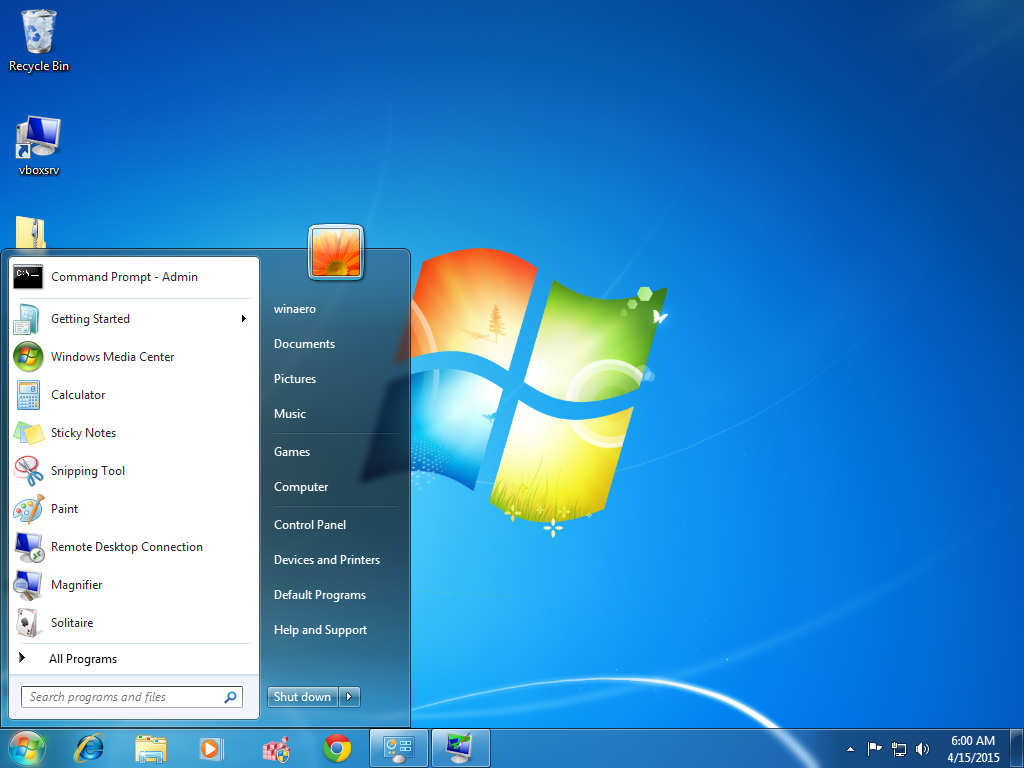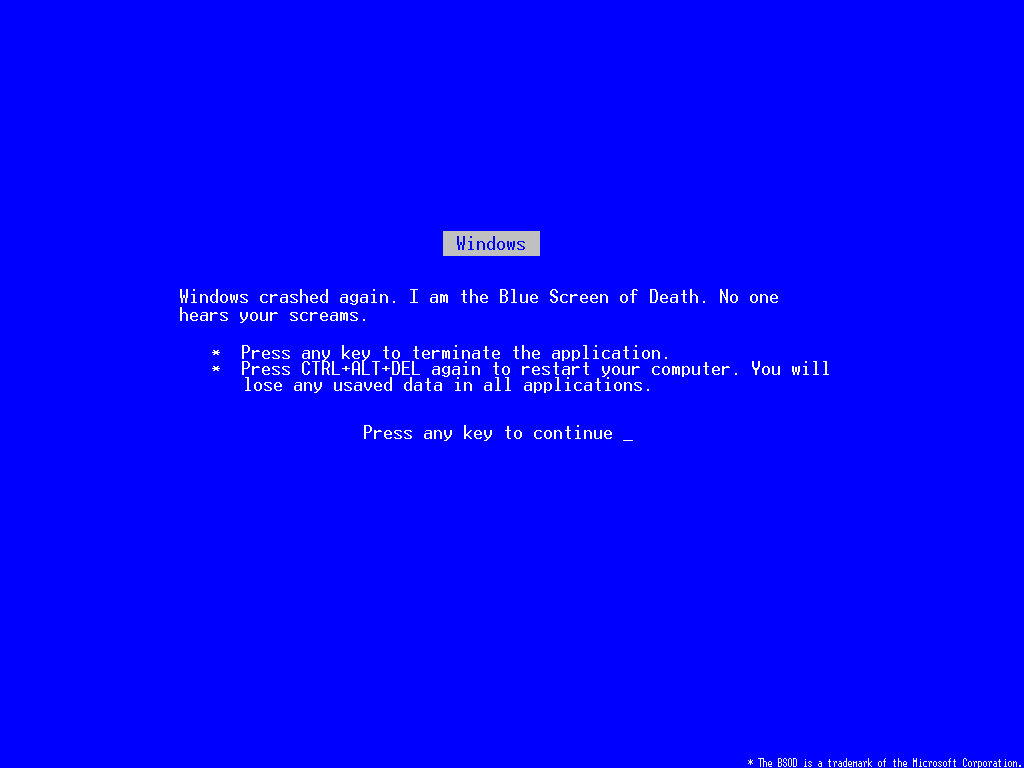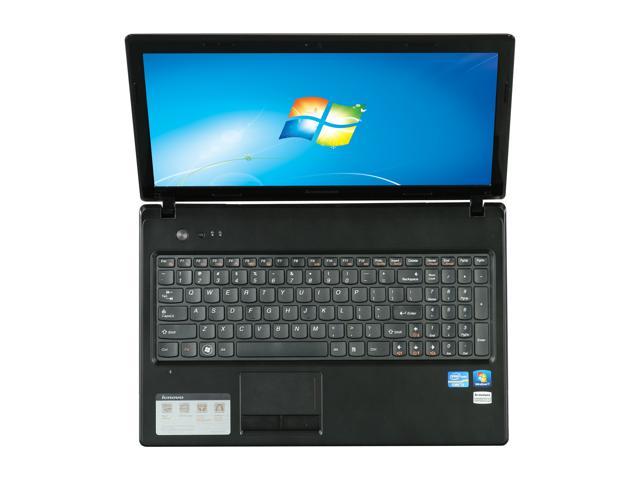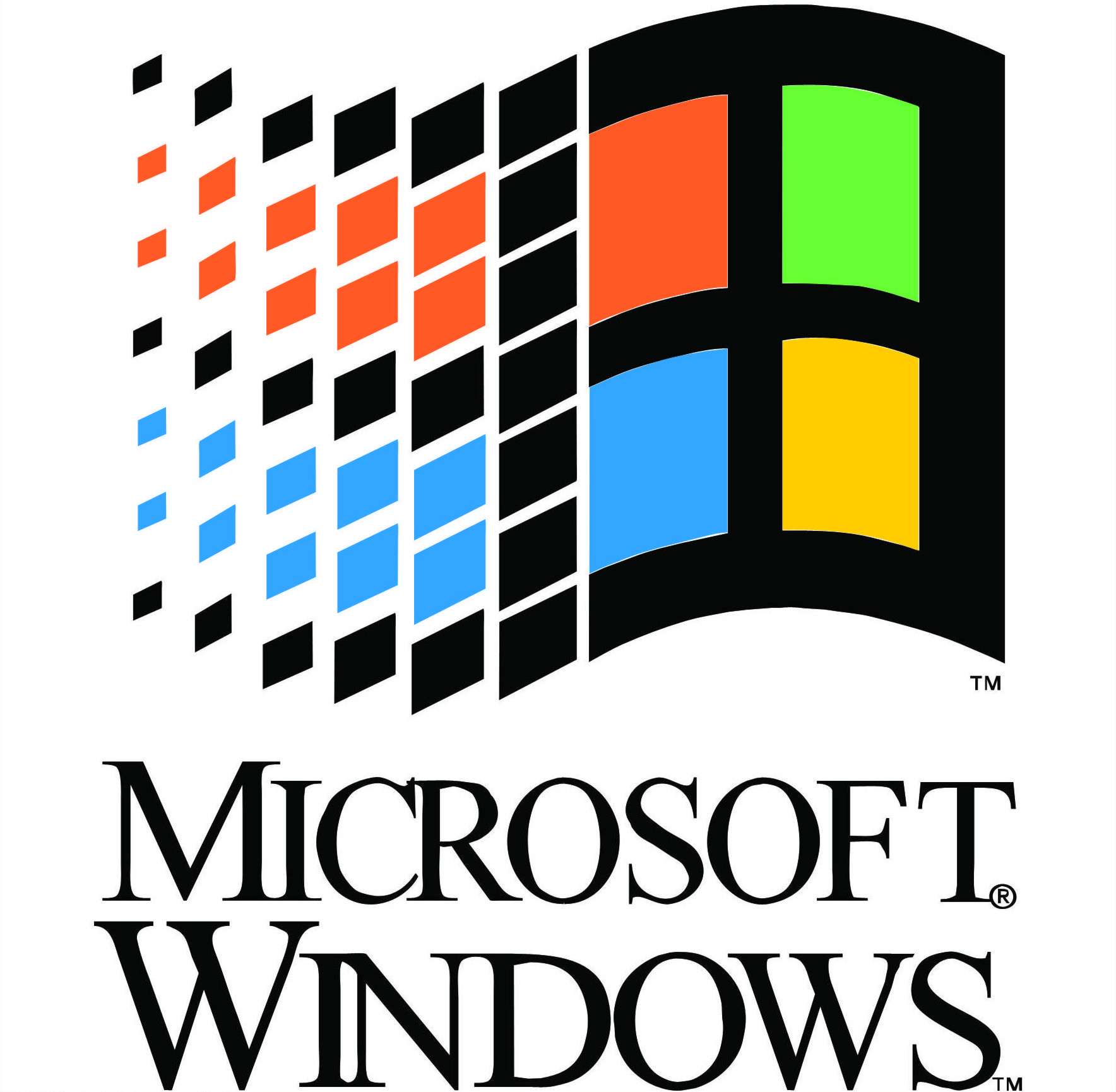Windows 7 includes 13 additional sound schemes, titled Afternoon, Calligraphy, Characters, Cityscape, Delta, Festival, Garden, Heritage, Landscape, Quirky, Raga, Savanna, and Sonata. Internet Spades, Internet Backgammon and Internet Checkers, which were removed from Windows Vista, were restored in Windows 7. Users are able to disable or customize many more Windows components than was possible in Windows Vista. New additions to this list of components include Internet Explorer 8, Windows Media Player 12, Windows Media Center, Windows Search, and Windows Gadget Platform. A new version of Microsoft Virtual PC, newly renamed as Windows Virtual PC was made available for Windows 7 Professional, Enterprise, and Ultimate editions. It allows multiple Windows environments, including Windows XP Mode, to run on the same machine.
Windows XP Mode runs Windows XP in a virtual machine, and displays applications within separate windows on the Windows 7 desktop. The Remote Desktop Protocol of Windows 7 is also enhanced to support real-time multimedia application including video playback and 3D games, thus allowing use of DirectX 10 in remote desktop environments. The three application limit, previously present in the Windows Vista and Windows XP Starter Editions, has been removed from Windows 7.
All editions include some new and improved features, such as Windows Search, Security features, and some features new to Windows 7, that originated within Vista. Optional BitLocker Drive Encryption is included with Windows 7 Ultimate and Enterprise. Windows Defender is included; Microsoft Security Essentials antivirus software is a free download. All editions include Shadow Copy, which—every day or so—System Restore uses to take an automatic "previous version" snapshot of user files that have changed.
Backup and restore have also been improved, and the Windows Recovery Environment—installed by default—replaces the optional Recovery Console of Windows XP. Until April 9, 2013, Windows 7 original release includes updates and technical support, after which installation of Service Pack 1 is required for users to receive support and updates. Windows 7's server counterpart, Windows Server 2008 R2, was released at the same time. The last supported version of Windows based on this operating system was released on July 1, 2011, entitled Windows Embedded POSReady 7. Extended support ended on January 14, 2020, over ten years after the release of Windows 7, after which the operating system ceased receiving further support.
A support program is currently available for enterprises, providing security updates for Windows 7 for up to four years since the official end of life. However, Windows Embedded POSReady 7, the last Windows 7 variant, continued to receive security updates until October 2021. One partition is windows 10 Home 64bit and the other is windows 10 pro 32 bit.
When I had a hardware failure I replaced the mainboard with a board that was very close to the original in the sense of chipsets and CPU. Used my original Graphics card , FAXmodem , Hard drives, and memory. When I powered the system I went to the 64 bit partition first. It activated using the "replace hardware recently" option. I have a second retail win 7pro disc package with valid key but when I enter it, It just keeps saying I can't have two different versions on the same machine basically.
Enterprise customers and businesses may purchase ESU subscriptions to receive security updates after January 14, 2020. Enterprise customers buy these per users and small businesses per machine. In-place upgrade from Windows Vista with Service Pack 1 to Windows 7 is supported if the processor architecture and the language are the same and their editions match . Windows Easy Transfer can assist in this process.Microsoft made upgrade SKUs of Windows 7 for selected editions of Windows XP and Windows Vista. The difference between these SKUs and full SKUs of Windows 7 is their lower price and proof of license ownership of a qualifying previous version of Windows.
Same restrictions on in-place upgrading applies to these SKUs as well. In addition, Windows 7 is available as a Family Pack upgrade edition in certain markets, to upgrade to Windows 7 Home Premium only. It gives licenses to upgrade three machines from Vista or Windows XP to the Windows 7 Home Premium edition. These are not full versions, so each machine to be upgraded must have one of these qualifying previous versions of Windows for them to work. In the United States, this offer expired in early December 2009. In October 2010, to commemorate the anniversary of Windows 7, Microsoft once again made Windows 7 Home Premium Family Pack available for a limited time, while supplies lasted.
Windows 7 Starter is the edition of Windows 7 that contains the fewest features. It is only available in a 32-bit version and does not include the Windows Aero theme. The desktop wallpaper and visual styles are not user-changeable.
In the release candidate versions of Windows 7, Microsoft intended to restrict users of this edition to running three simultaneous programs, but this limitation was dropped in the final release. This edition does not support more than 2 GB of RAM.This edition was available pre-installed on computers, especially netbooks or Windows Tablets, through system integrators or computer manufacturers using OEM licenses. Windows 7 is available in six different editions, of which the Home Premium, Professional, and Ultimate were available at retail in most countries, and as pre-loaded software on most new computers. Home Premium and Professional were aimed at home users and small businesses respectively, while Ultimate was aimed at enthusiasts. Windows Security Center has been renamed to Windows Action Center , which encompasses both security and maintenance of the computer.
ReadyBoost on 32-bit editions now supports up to 256 gigabytes of extra allocation. Windows 7 also has a native TFTP client with the ability to transfer files to or from a TFTP server. Windows 7 was intended to be an incremental upgrade to Microsoft Windows, addressing Windows Vista's poor critical reception while maintaining hardware and software compatibility. Windows 7 continued improvements on Windows Aero user interface with the addition of a redesigned taskbar that allows pinned applications, and new window management features.
Other new features were added to the operating system, including libraries, the new file-sharing system HomeGroup, and support for multitouch input. A new "Action Center" was also added to provide an overview of system security and maintenance information, and tweaks were made to the User Account Control system to make it less intrusive. Windows 7 also shipped with updated versions of several stock applications, including Internet Explorer 8, Windows Media Player, and Windows Media Center. The popularity of Windows 7 could prove to its undoing in the current circumstances. "Worldwide, roughly 26% of PC users are still running Windows 7, the operating system that as of January 14 will no longer receive technical support in the form of updates and patches from Microsoft. As such, the adoption of Vista in comparison to XP remained somewhat low.
In July 2007, six months following the public release of Vista, it was reported that the next version of Windows would then be codenamed Windows 7, with plans for a final release within three years. Bill Gates, in an interview with Newsweek, suggested that Windows 7 would be more "user-centric". Gates later said that Windows 7 would also focus on performance improvements. These were broadly divided into "core operating system" and "Windows client experience", in turn organized into 25 teams of around 40 developers on average. Unlike previous versions , Windows 10 isn't a stand-alone product for Microsoft.
How Old Is Windows The company releases updates twice a year and intends to keep supporting the OS shortly. If that plan works out, that means you shouldn't need to buy a new version a few years from now. The Spring 2021 update is anticipated to arrive in May and will include updated settings pages, tweaks to the search box and Cortana settings, and new icons. Antitrust lawsuits meant Microsoft had to carve out some of its software instead of including it in XP, but XP still had a wealth of packed-in software that enabled the average computer user to do whatever they wanted. Windows Movie Maker and Windows Media Player were great for the time.
You could burn CDs and DVDs straight from the file explorer. Service Packs introduced the idea of meaty downloadable updates for Windows that made the OS even better, fixing bugs and adding new features like USB 2.0 support and wi-fi security modes. This extended Windows XP's life for years and years , making it almost certainly the version of Windows most people used for the longest span of time.
It was the best version of Windows ever made… until 2009. Microsoft initially committed to supporting the Windows 7 operating system for 10 years, concluding its support on January 14, 2020. However, in recognition of an estimated 40% of the world's computers in a corporate environment running on Windows 7, Microsoft has agreed to extend its support, for a fee. ITS has procured and funded an additional year of extended support with Microsoft for Yale through January 14, 2021 so that we continue to receive technical support, software updates, and required security updates. The free antivirus that Microsoft offers for Windows users works great for most users, but it won't receive updates now that Windows 7 is end-of-life. Now that your operating system won't receive security patches it's even more crucial to run protection on your PC.
That expired version of McAfee that came with your computer isn't going to cut it. Microsoft stopped mainstream support for Windows 7 back in 2015, that was the beginning of the end! Now, in January 2020, despite those 400 million users still clinging on, the life support plug is finally pulled! From 14th January 2020, extended support of the OS will also end.
This means Microsoft will no longer provide technical support, software updates, security updates, and fixes after January 14, 2020. This means that your Windows 7 PC will not be as secure as it's today, potentially leaving you vulnerable to hackers, viruses and the loss of personal data. Businesses and education Windows 7 users will be able to pay for extended security updates, but it could be a costly venture for some. Extended updates for Windows 7 Enterprise is approximately $25 per machine, and the cost doubles to $50 per device in 2021 and again to $100 in 2022.
It's even worse for Windows 7 Pro users, which starts at $50 per machine and jumps to $100 in 2021 and $200 in 2022. These costs will naturally vary depending on the volume of PCs in use at a business, but they're still going to be substantial for larger firms. But one of the problems that will happen is, without regular updates, Windows 7 will become vulnerable to security risks, viruses, hacking, and malware without any support. You may continue to get "end of support" notifications on your Windows 7 home screen after January 14.
However, anyone still running Windows 7 Professional and/or Enterprise editions can purchase extended security updates through January 2023. After that, you will get a "watermark" on your desktop that says it isn't authenticated, and Microsoft will nag you to do it. You will also lose personalisation options, so you won't be able to change the wallpaper, themes, lock screen and so on, but it will continue to work.
Using an unauthenticated copy of Windows 10 is not a long-term solution, and it's a bad idea for businesses, which can pay for extended updates. However, if you're a Windows 7 home user, it gives you more time to decide what to do. Windows 7 received critical acclaim, with critics noting the increased usability and functionality when compared with its predecessor, Windows Vista.
CNET gave Windows 7 Home Premium a rating of 4.5 out of 5 stars, stating that it "is more than what Vista should have been, it's where Microsoft needed to go". PC Magazine rated it a 4 out of 5 saying that Windows 7 is a "big improvement" over Windows Vista, with fewer compatibility problems, a retooled taskbar, simpler home networking and faster start-up. However, the restrictions on newer CPU microarchitectures remain in force. If your Windows 7 or Windows 8 license is not activated and you are not interested in purchasing a license, then your options are limited. Microsoft offers a 90 day trial of its Windows 10 Enterprise edition. Windows 10 Enterprise is normally distributed under Microsoft's volume license program for large organizations that deploy Windows 10 in bulk.
It's a full-featured edition of the operating system but in this case, it's really an evaluation version of the software. Users must register before they can download and install the software. This option is perfect for those users who are running Windows Vista or never had a genuine license, to begin with. Windows 2000 supported a vast array of USB devices (and Firewire!) with easy plug-and-play.
It started with DirectX 7 support and was updated to 9.0c, which kept it relevant for gaming until 2010. Windows 2000 added the Event Viewer, a system log tool that you've hopefully never had to use, but probably love if you've ever had to diagnose a really nasty issue. It supported encryption and had a logical disk manager, key for an era when putting hard drives in RAID was the primary way to speed up storage. Oh, and it introduced some longstanding accessibility features, including the on-screen keyboard and narrator.
If it weren't for the bland aesthetic, Windows 2000 may have gotten all of XP's love a full year before. Originally, a version of Windows codenamed "Blackcomb" was planned as the successor to Windows XP and Windows Server 2003 in 2000. Major features were planned for Blackcomb, including an emphasis on searching and querying data and an advanced storage system named WinFS to enable such scenarios.
However, an interim, minor release, codenamed "Longhorn," was announced for 2003, delaying the development of Blackcomb. By the middle of 2003, however, Longhorn had acquired some of the features originally intended for Blackcomb. Development of Longhorn was also restarted, and thus delayed, in August 2004. Blackcomb was renamed Vienna in early 2006, and was later canceled in 2007 due to the scope of the project. "Windows 7 devices are now extremely vulnerable to cyber-attacks.
Any newly-discovered vulnerability will not be patched by Microsoft and these devices will also not receive the periodic updates that make it difficult to execute exploit codes. Cybercriminals will try to take advantage of this situation through targeted attacks. Installing strong security software will be essential for users and enterprises operating these systems," he added. Within a week of Microsoft withdrawing support to Windows 7, the frailties of the old version were exposed, as evidenced by data from anti-virus firms which have products running on these machines. "The best thing for enterprises and individuals with systems still operating on Windows 7, in this scenario, is to upgrade to the latest OS versions as soon as possible.
Enterprises, in particular, must also look at investing in cutting-edge vulnerability management solutions to address the additional threat-risk," said Arora of TAC Security. Microsoft says on its website that security updates and customer service will no longer be available for Windows 7 as of Tuesday. For those who own a PC that still runs on Windows 7, Microsoft recommends upgrading tothe full version of Windows 10 for $139 or purchasing a new device with Windows 10 pre-installed. Microsoft no longer offers a free upgrade to Window 10, as it says that program ended on July 29, 2016.
However, you don't want to risk running an operating system that doesn't get security patches. The good news is that Microsoft will be offering Windows 7 Extended Security Updates, which will continue to deliver updates and patches for Windows 7 business users after January 2020. Microsoft isn't literally pulling the plug on your devices. But Windows 7 won't receive any more updates or security patches, meaning your PC will also be very vulnerable to all those nasty malware programs garnering headlines seemingly every day.
If you keep using Windows 7—and over a quarter of all computers run it, per NetMarketShare—you're on your own, and the Internet can get nasty. Microsoft offered Windows 7 users a free in-place upgrade to Windows 10 during the year after its launch, and it would have been sensible to take it. Since then, you have been able to download a copy of Windows 10 and use Microsoft's media creation tool to upgrade Windows 7 either directly or from a thumb-drive. So far, most users who have tried this and entered their Windows 7 product key have had their copy of Windows 10 authenticated. However, Microsoft wants people off Windows 7 and on to Windows 10, so it's worth a go. Just skip the part where it asks for a product key, and leave it for later.



























No comments:
Post a Comment
Note: Only a member of this blog may post a comment.